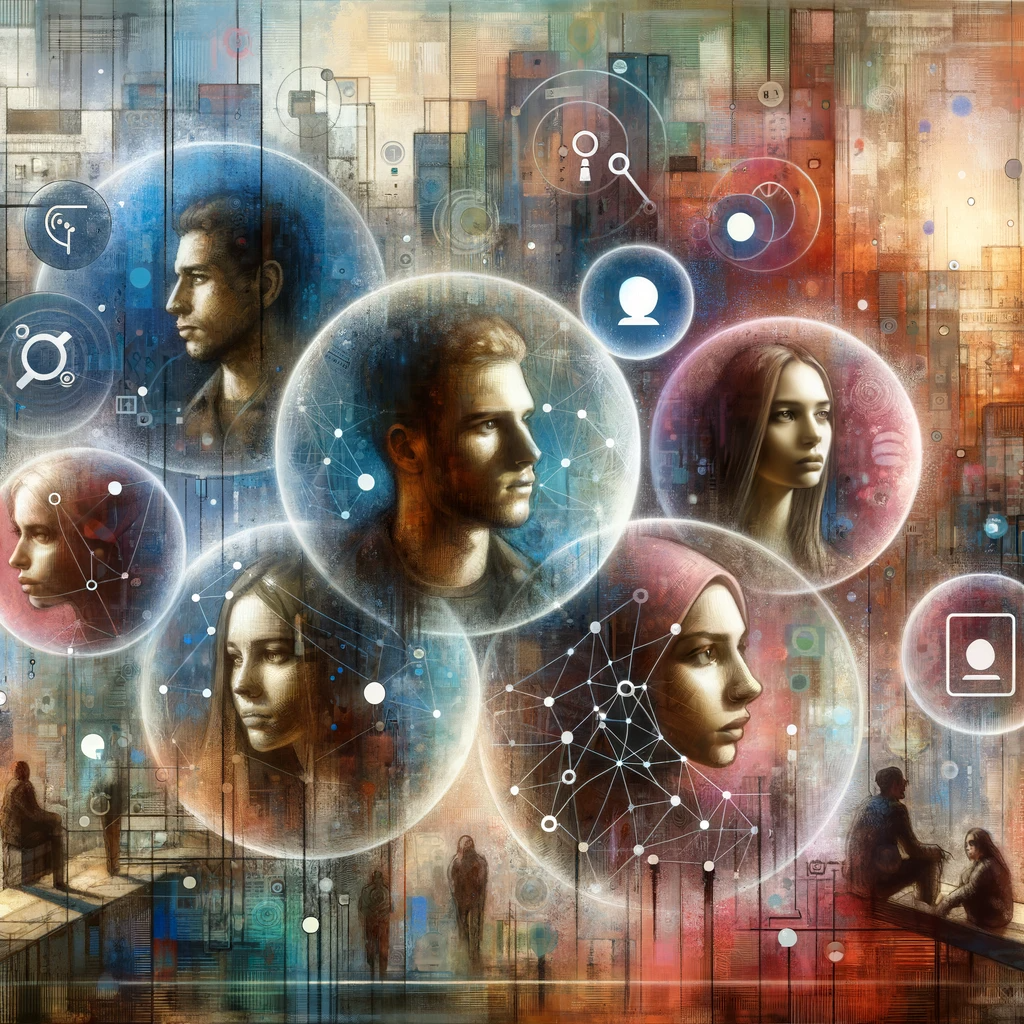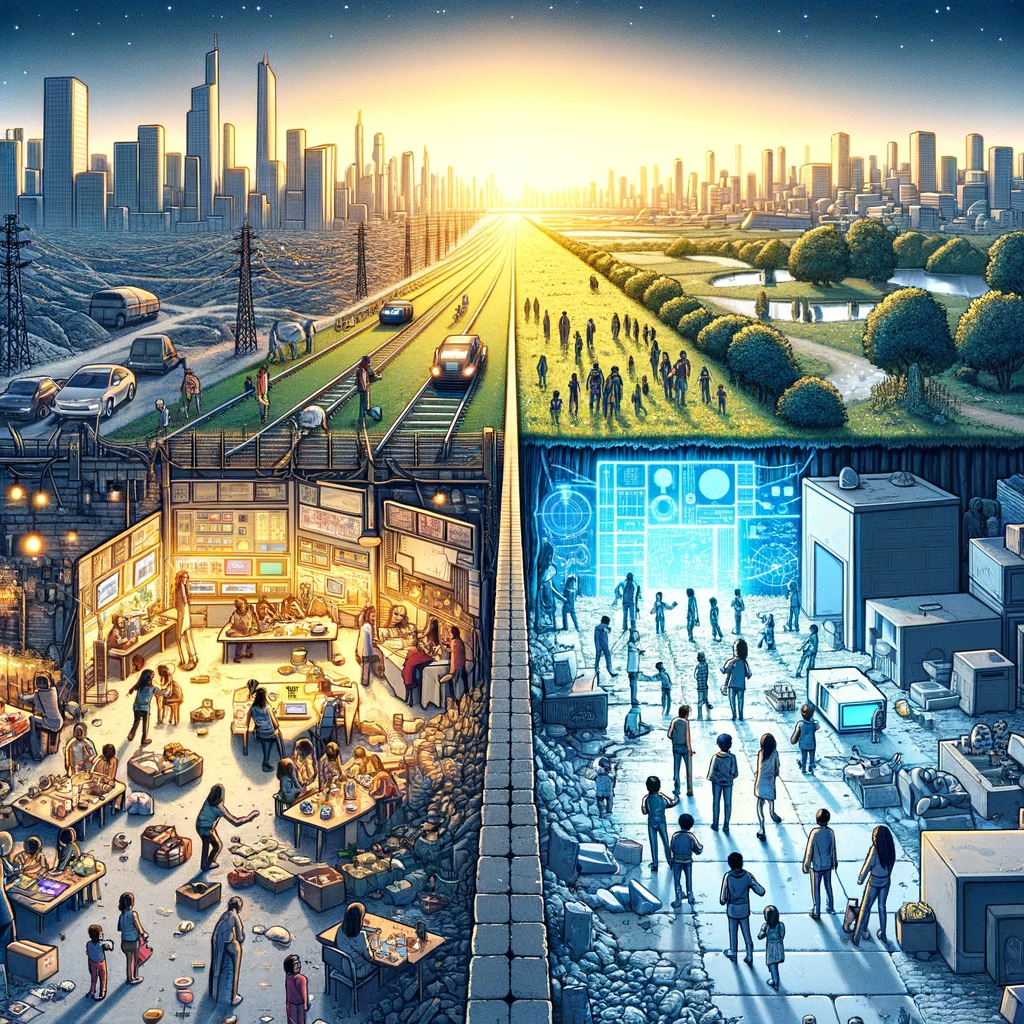3 Opposing Perspectives For Technology
“Explore the revolutionary tech that’s redefining what it means to live independently.”
3 Opposing Perspectives For Technology. Having good technology, understood as having access to and utilizing modern devices and platforms that increase efficiency, connectivity, and access to information, is generally seen as beneficial. However, there are opposing perspectives to consider regarding the widespread adoption and reliance on technology:
Understanding these opposing perspectives helps recognize that while technology offers numerous benefits, it’s crucial to approach its adoption and integration thoughtfully, considering the potential risks and downsides. Addressing concerns about privacy, social and psychological well-being, and inequality can lead to more responsible and inclusive use of technology.
Elaborating on the opposing perspectives to having good technology provides a deeper understanding of the nuanced concerns and implications involved:
3 Opposing Perspectives For Technology: Privacy and Security Concerns

Deeper Arguments:
The concern for privacy and security in an increasingly digital world is profound. As technology becomes more sophisticated, so do the methods for exploiting it. Critics argue that mass data collection, surveillance, and the potential for cybercrime pose significant threats to individual privacy and national security. There’s a worry that people are often unaware of the extent of their data being collected and how it’s used or that they feel powerless to control it.
Further Implications:
Addressing these concerns involves advocating for stricter data protection laws and regulations that hold companies accountable for data breaches and misuse. It also implies a need for public education about digital rights and privacy tools. On a broader scale, there’s a call for a shift in the tech industry’s approach to prioritize ethical considerations and user consent in the design and deployment of new technologies. This might involve developing more secure, decentralized, and user-controlled tech solutions.
Social and Psychological Impact

Further Implications:
Addressing these issues might involve promoting a more mindful and intentional use of technology. This could include public awareness campaigns about the potential negative effects of excessive screen time and strategies for responsible use. There’s also a push for technology designers to consider the psychological impact of their products and for platforms to actively work to minimize addictive features and promote positive social interactions. Additionally, integrating technology use with active efforts to maintain real-life communities and connections is seen as vital.
Inequality and Access:

Deeper Arguments:
The digital divide is a significant concern, with critics noting that disparities in technology access can lead to greater inequalities in education, health, and economic opportunities. As more essential services and job opportunities move online, those without access or the skills to navigate the digital world are increasingly disadvantaged. Moreover, there’s a concern that even within communities with good access, there’s a variation in the quality and speed of technology available, which can also contribute to inequality.
Further Implications:
Advocates call for comprehensive policies to bridge the digital divide. This might include investing in infrastructure to ensure high-speed internet access in rural and underserved areas, subsidizing technology for low-income households, and implementing widespread digital literacy programs. There’s also a call for essential services to maintain offline options and for the development of technology to be driven by inclusivity, ensuring that new innovations are accessible and beneficial to all segments of society, not just the most privileged.
Elaborating on these perspectives highlights the intricate balance between embracing the benefits of technology and addressing the significant concerns related to privacy, psychological well-being, and social inequality. It underscores the need for a thoughtful, multifaceted approach to technology integration, one that considers the full range of its impacts on individuals and society. By understanding and addressing these complex issues, it’s possible to leverage technology for positive change while mitigating its risks and downsides.
